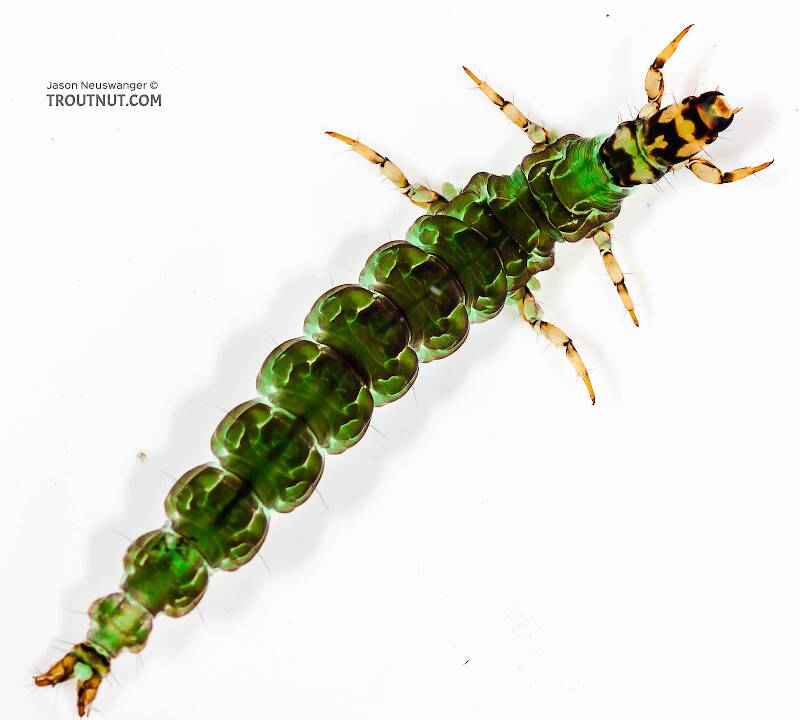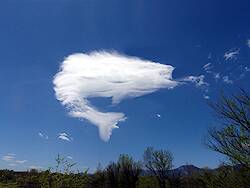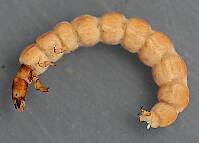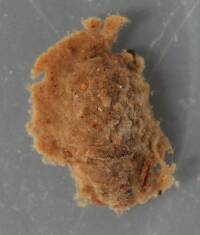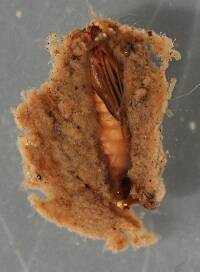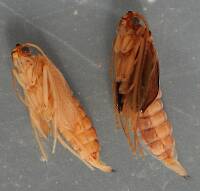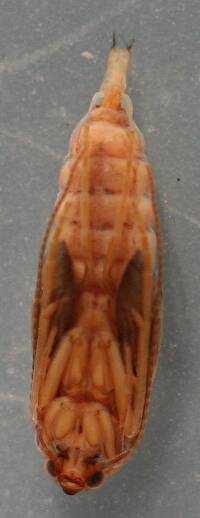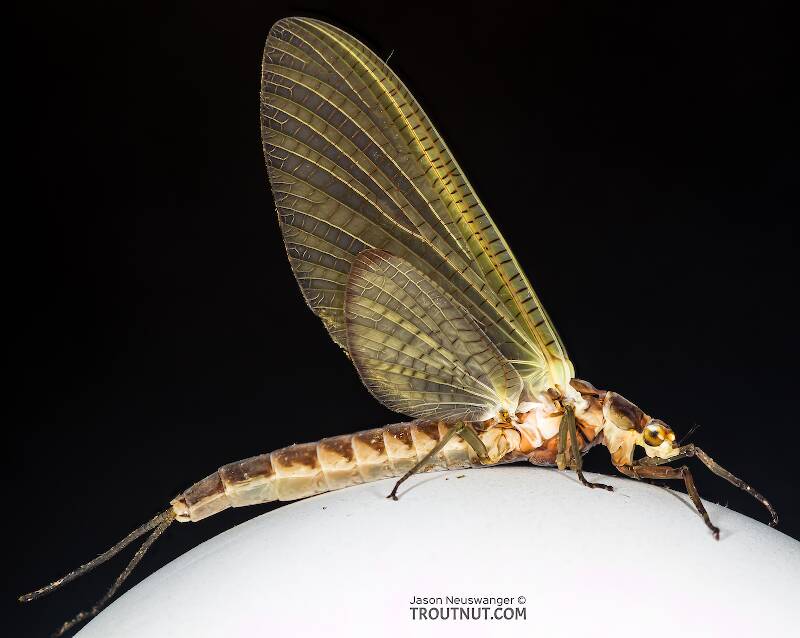
Hex Mayflies
Hexagenia limbata
The famous nocturnal Hex hatch of the Midwest (and a few other lucky locations) stirs to the surface mythically large brown trout that only touch streamers for the rest of the year.
Featured on the forum

I was not fishing, but happened to be at an unrelated social event on a hill above this tiny creek (which I never even saw) when this stonefly flew by me. I assume it came from there. Some key characteristics are tricky to follow, but process of elimination ultimately led me to Sweltsa borealis. It is reassuringly similar to this specimen posted by Bob Newell years ago. It is also so strikingly similar to this nymph from the same river system that I'm comfortable identifying that nymph from this adult. I was especially pleased with the closeup photo of four mites parasitizing this one.

Troutnut is a project started in 2003 by salmonid ecologist Jason "Troutnut" Neuswanger to help anglers and
fly tyers unabashedly embrace the entomological side of the sport. Learn more about Troutnut or
support the project for an enhanced experience here.
HELENE
Posts: 1
Posts: 1
HELENE on Oct 10, 2007October 10th, 2007, 1:37 am EDT
I've found some sedge larva (?) in a small stream in Wales, living in small tiny, tiny pebbles, like a tunnel! I do recognize the head and legs and would love to know a little bit more about them! Some also had sticks glued to the pebbles, looking like grasshoppers that's drowned! I shall look forward to hearing from you on my e-mail - helenemills2@yahoo.co.uk - Thanks Helene Mills
Taxon on Oct 10, 2007October 10th, 2007, 4:09 am EDT
Helene-
Caddisfly larvae are generally classified as net spinning, free living, or case building. The netspinners build a retreat incorporating a silken net to capture food, similar to a spider web, only underwater. The freeliving build no shelter. The casebuilders build either a portable or fixed case for their protection.
A species which builds cases generally constructs them so similarly, that a case can often be identified to genus level simply by virtue of its shape and the materials used in its construction.
Caddisfly larvae are generally classified as net spinning, free living, or case building. The netspinners build a retreat incorporating a silken net to capture food, similar to a spider web, only underwater. The freeliving build no shelter. The casebuilders build either a portable or fixed case for their protection.
A species which builds cases generally constructs them so similarly, that a case can often be identified to genus level simply by virtue of its shape and the materials used in its construction.
Sayfu
Posts: 560
Posts: 560
Sayfu on Aug 9, 2012August 9th, 2012, 9:16 am EDT
Does that have to be Rhyacophila because the larva is green. Dave Hughes calls hydropsyche larva, (spotted sedge) green rock worms as well. Or has that been keyed out further?
PaulRoberts on Aug 9, 2012August 9th, 2012, 10:58 am EDT
Hydro's are quite different looking. They have notable gills along the underside of the abdomen. Many Rhyaco's have that brilliant blue-green coloration. Hydro's are normally duller in color, usually tan to olive, although some can be a fairly bright green.
That's the trouble with common names. In this case "green rock worm" is a good description, but unfortunately for many critters.
That's the trouble with common names. In this case "green rock worm" is a good description, but unfortunately for many critters.
Quick Reply
Related Discussions
Topic
Replies
Last Reply
1
Aug 9, 2012
by Sayfu
by Sayfu
4
Sep 29, 2016
by Wiflyfisher
by Wiflyfisher


